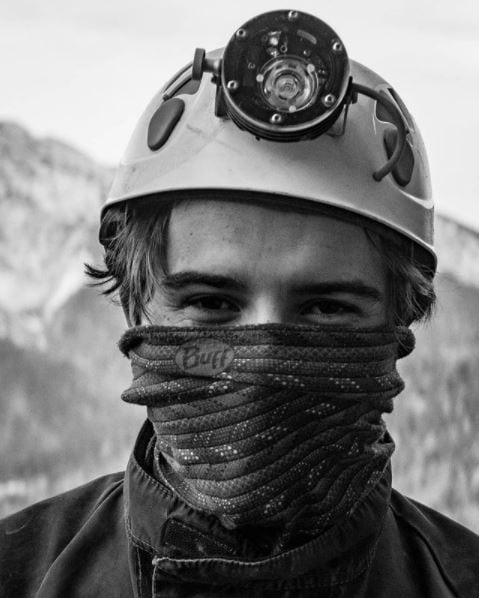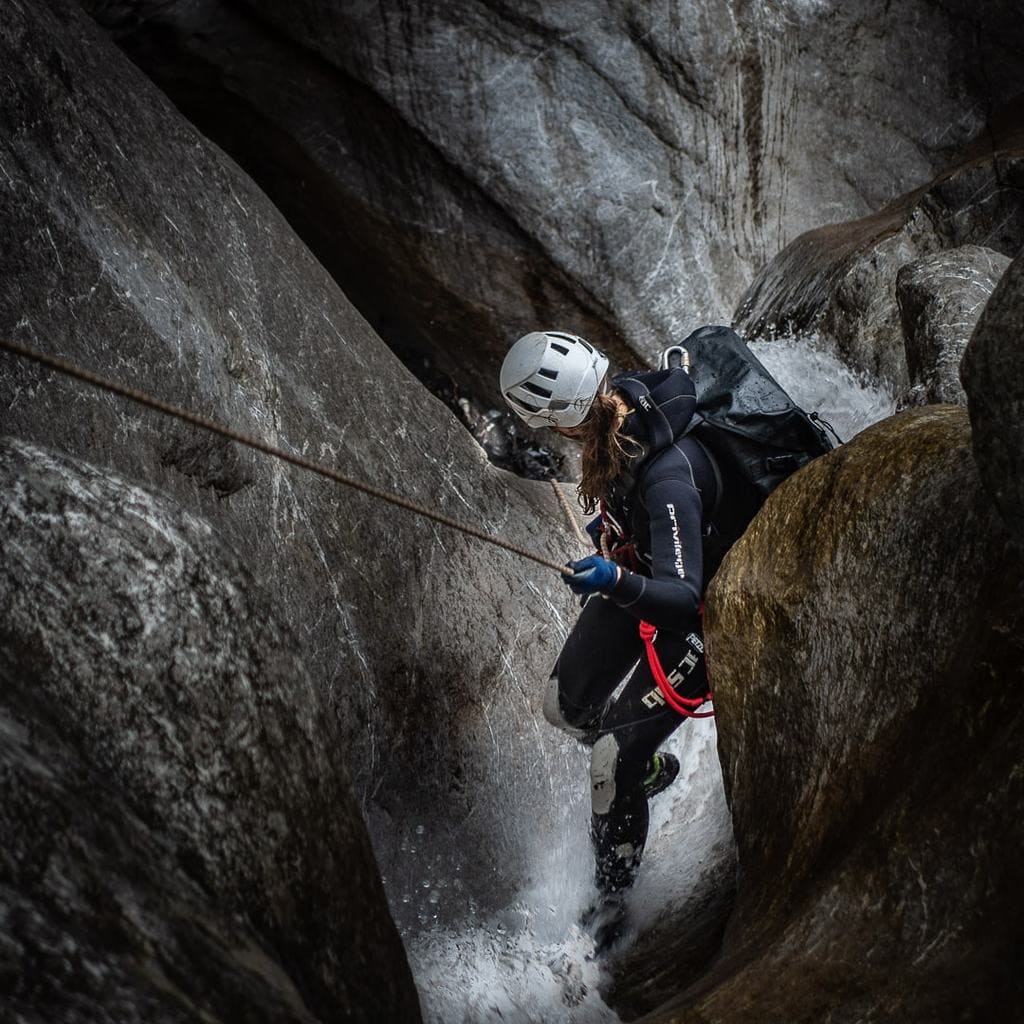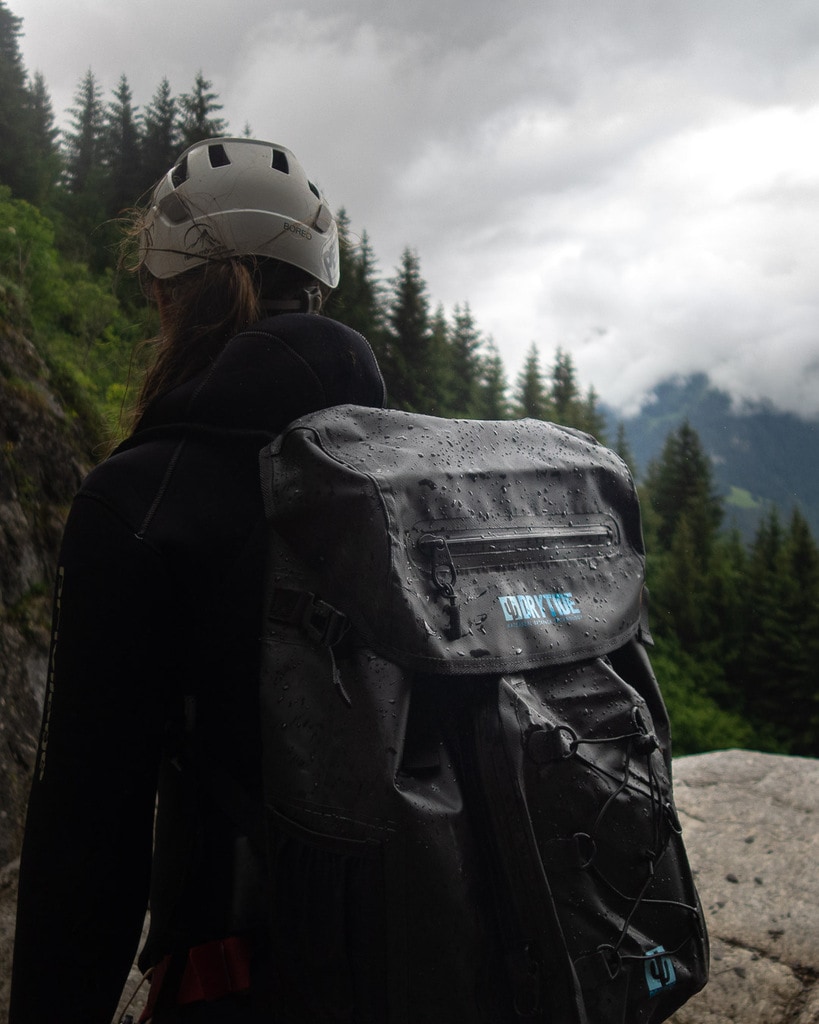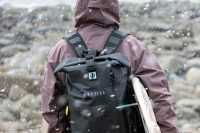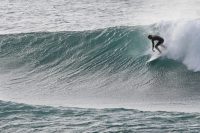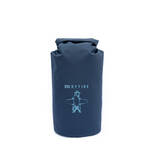We came in contact with Thomas when he was helping organize RSLA cave exploration expedition to Papua. Expedition was unfortunatelly postponed due to obvious reasons – the covid-19 epidemic and is now planned for 2022 or 2023. We caught up with the cave explorer Thomas to find out what he is up to these days and why he got into cave exploration in the first place.
Can you first introduce yourself?
My name is Thomas and I am a speleologist from the south of France. I am currently 24 years old.
We met when you were planning your cave exploration expedition to Papua, can you tell me a little bit about that, what was the goal and what is the status of the expedition right now due to the covid-19 situation?
The goal of the expedition was to go to West Papua to explore as yet unknown caves on the Ayamaru karst. Ayamaru karst is a huge area of limestone in West Papua. A previous expedition of our association had spotted the place in 2019.
Can you describe what it is that draws you to this kind of adventure? What makes cave exploration something that you want to do? Most people only hear about it when some kind of depth or length record is broken or when someone gets stuck inside the cave and there is a rescue expedition.
What attracts me is the fact of going as a team in a very remote place to discover places where man has never set foot. Caving is a little known discipline because it has always had a dark aspect. But the elaboration of an expedition can be compared to the preparation of a mountaineering expedition.
What would be your perfect cave exploring day? Or a perfect expedition?
A perfect day of exploration would be a day where no one gets hurt, where you discover many caves. Sleeping underground and continuing the next day would also be great! Unfortunately we have to search a lot before finding a cave that has potential.
With bigger underground systems you spend a couple of days underground? What is that like…living, eating, sleeping underground?
If that is well organized and in warm conditions like Papua, it’s easy to sleep in cave. We need to prepare the material for sleeping. Light duvets and hammocks. Once we have set up the bivouac, we can go explore the distant parts of the cave and come back to sleep at the bivouac. We can thus make several bivouacs in succession for caves of several kilometers. We try to take light food because the weight is very important in this kind of expedition.
Is there a live community in France and around that world that does this? Tell me about your association (RSLA).
In France there are many caving clubs but not all of them have members who go on expeditions. Our association created by the leader of the expedition (Bruno Fromento) brings together people from different clubs. Each year, different expedition projects are discussed and we form teams. There was the expedition to Khrigzistan in 2019, in Patagonia for canyoning. And in 2021 again in Khirgistan for glacial caving.
You also do other sports like free climbing, canyoning… tell me a little bit about that? Are they what got you into caving or was it the other way around?
Yes of course, I practice other sports such as canyoning or climbing, I also start in ice climbing. I would say these sports are complementary. But at the very beginning I started with climbing and caving. Each sport brings something and allows me to feel more confident when I am in caving. It is also important to be curious about all of this, because sometimes the approaches to caves are done using climbing techniques or ice climbing.
Since we make waterproof bags and backpacks, I have to ask, how wet does it get inside a cave and how difficult it is to move around? I guess all the equipment has to be fail proof or you need backups?
DryTide bags are great for crossing rivers. Whether in the jungle or caving. During the expeditions, we take equipment (computer, surveying equipment). I had taken the bag to test it in canyoning and my clothes remained dry! In Papua, it is also always humid so the clothes are soaked but the delicate material should absolutely not be wet. And DryTide bag* is perfect for that.
What has caving taught you that you can use in life?
Caving especially taught me to work in a team. These are strong and intense moments. It is above all a human adventure because sometimes we go with people that we don’t know very well and who become very good friends. And that’s what I like the most, even more than discovering caves.
Where can we follow your adventures?
You can follow us on our website and on our social networks (Thomas IG). With the covid it is very difficult to plan shipments and put content on the social networks, but new projects are underway and we are proud to have DryTide as a sponsor.
Thank you and good luck with your expedition Thomas.
*RSLA and Thomas are using our 50l waterproof backpack


